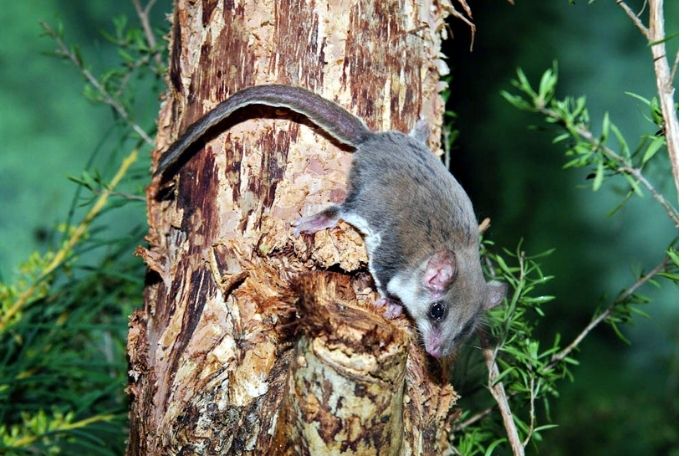Lesson summary
Students investigate the concept of a species and how the concept is applied.
Learning intentions:
Students will...
- use distinguishing features to separate species.
- apply scientific concepts to identify species.
- propose differences between natural and human causes of extinction.
- sort species of plants and animals living in Australia into indigenous, domesticated and pests.
Lesson guides and printables
Lesson details
Curriculum mapping
Australian Curriculum Link:
Year 7 Science:
- There are differences within and between groups of organisms; classification helps organise this diversity (ACSSU111)
- Summarise data, from students’ own investigations and secondary sources, and use scientific understanding to identify relationships and draw conclusions (ACSIS130)
Year 8 Science:
- Summarise data, from students’ own investigations and secondary sources, and use scientific understanding to identify relationships and draw conclusions (ACSIS145)
Syllabus Outcomes: SC4-7WS, SC4-14LW.
Time required: 60 mins+ (ideal for two lessons)
Level of teacher scaffolding: Assist students in applying the concept of ecosystems, species and biodiversity.
Resources required
- Internet and library access and writing materials or tablets if available
Additional info
This is an original Cool.org lesson. Facts and figures in these lessons may have changed since this lesson was published. We always endeavour to update our resources in a timely manner, but if you see an error or issue in our resources please get in touch with us.


Welcome back!
Don't have an account yet?
Log in with:
By signing up to Cool.org you consent and agree to Cool's privacy policy to
store, manage and process your personal information. To read more, please see
our privacy policy here(Opens in new tab).
Create your free Cool.org account.
Many of our resources are free, with an option to upgrade to Cool+ for premium content.
Already have an account?
Sign up with:
By signing up to Cool.org you consent and agree to Cool's privacy policy to
store, manage and process your personal information. To read more, please see
our privacy policy here(Opens in new tab).